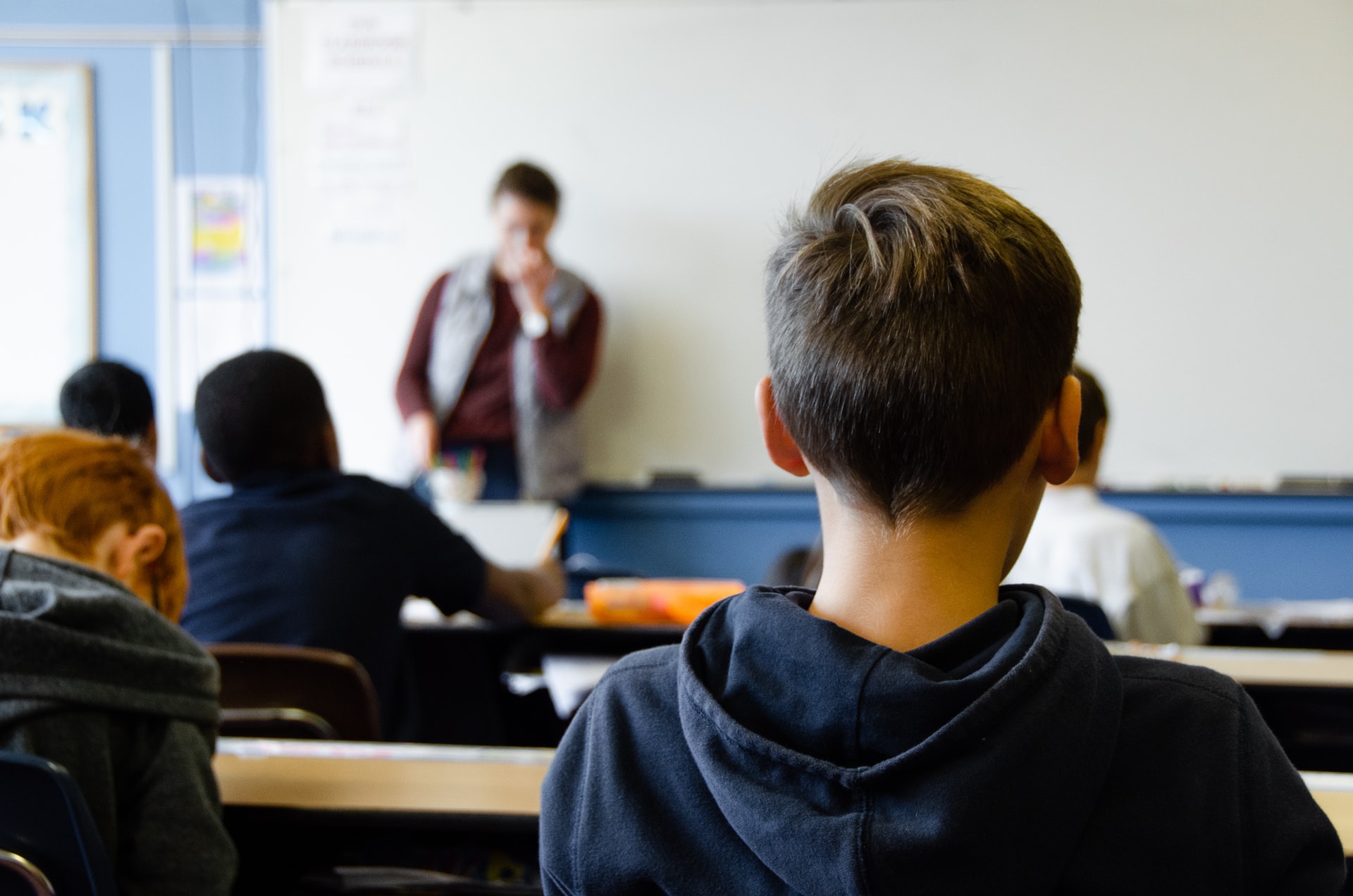If you want to learn how to motivate students effectively, this article about self-determination theory in the classroom is for you.
Learning about self-determination theory (SDT) may alter how you perceive teaching, student motivation, and course planning. Self-determination theory is one of the various theoretical stances that seek to explain motivation. SDT has found a successful point of entrance in educational contexts with positive outcomes.
The critical ideas of self-determination theory emphasize the connection between intrinsic and extrinsic motivators and three basic wants: autonomy, relatedness, and competence.
Self-Determination Theory
Self-determination theory offers a broad framework for analyzing personality and human motivation. SDT provides a formal framework that describes numerous intrinsic and extrinsic motivational factors. It also discusses how intrinsic and extrinsic motivation contribute differently depending on an individual’s cognitive and social development. SDT concepts emphasize people’s health, performance quality, and how social and cultural variables enhance or diminish their sense of autonomy and choice.
Self-Determination Theory In The Classroom
Students who have the motivation to succeed are more likely to be self-motivated. Teachers can engage in the following activities to enhance students’ feelings of intrinsic motivation and self-determination:
- When children perform well, giving them surprisingly positive praise might help them develop competence.
- Reducing the number of external rewards provided to children for actions they already find delightful can be beneficial.
Self-Determination Theory In Education
According to Self-Determination Theory in Education, children naturally desire to explore their surroundings to learn, grow, and develop. Therefore, one of education’s main goals is to encourage students’ sense of curiosity. In reality, many teachers find it challenging to motivate and encourage students who lack enthusiasm, are disrespectful, apathetic, or even act aggressively or disruptively.
Self-Determination Theory Activities For Students
Self-determination in learning plays a crucial role. Although the concept of self-determination is complex and encompasses a range of skills and knowledge, these skills are transferable, measurable, and best developed through regular practice.
Self-Awareness Skills
Self-awareness skills enable people to recognize and comprehend their needs, talents, and limits.
Self-Control Abilities
Setting goals, creating an action plan to reach them, carrying it out, monitoring its effectiveness, and making necessary adjustments are all parts of self-control.
Decision-Making Skills
Making a decision needs accurate evaluations of the best options or solutions accessible at any particular time. According to a study, people must first consider all of their options, evaluate the advantages and disadvantages of each decision, determine the likelihood that each event will occur, choose the best option, and then put it into practice.
Abilities To Set And Achieve Goals
Setting and achieving goals is a significant stage in developing skills that enable intrinsic motivational activity and self-determination.
Problem-solving skills
Identification of a problem, consideration of various solutions, and knowledge of the benefits and drawbacks of each solution are necessary for issue solving.
Self-determination Theory in Education

This framework can assure conditions that promote motivation by setting the tone for how teaching might be conducted and allowing the instructor to serve as a model for how students can approach their learning. Such abilities can readily be applied outside of the classroom, possibly helping your students all their lives. The following techniques will benefit you in incorporating this principle into your teaching:
Encourage Autonomy
Self-determination theory in online learning entails giving students opportunities to influence the learning process in an online course. Autonomy in self-determination theory explains that when students feel they are acting independently, their performance increases. Give them a choice among several ways to finish an assignment or solve an issue, then let them choose that approach. Establish a standard schedule system for the course that is flexible enough to allow students flexibility when preparing and submitting their work.
Develop Competence
In contrast to a traditional classroom setting, a blended learning environment increases self-determination theory and student engagement by meeting three innate requirements identified by this theory. Developing competence is one of them.
Competence is the ability to function well in a social setting. We are more receptive to challenges from people we regard as competent. Teachers should provide handouts or videos that include evidence-based study methods specific to the course, note-taking, reading, and goal-setting techniques.
Embrace Relatedness
Self-determination theory in the classroom is described as a feeling of connection to others and a sense of belonging. Making learning your students’ names a significant focus and promoting cooperative, active learning activities that are integrated throughout the entire grading system and are thought to have a low failure rate boosts students’ self-confidence and sense of community.
FAQs
How do you use self-determination theory in the classroom?
Inform students that you value their opinions and collect them from them. Make the material meaningful to help them understand the worth of your discipline.
What is an example of self-determination theory in education?
This type of extrinsic motivation is autonomous because the behavior is non-contingently derived from the self. For instance, even though math is not their favorite subject, some students may still value it since it would enable them to pursue a job in a sector they enjoy.
What is the self-determination theory for kids?
According to the self-determination theory, internalizing socially acceptable values, behaviors, and attitudes is a spontaneous, natural process, and children naturally desire to control their surroundings.
How can learners motivate themselves based on self-determination theory?
Learners can motivate themselves by feeling they are in charge of their own lives. They believe their actions will affect the course of events and have an internal locus of control.
With the help of strong self-motivation, they are not propelled to behave by rewards or penalties from outside sources. They act in specific ways because they are good at making objectives and achieving them.
Conclusion
The self-determination theory can help understand what may motivate your behavior. People’s happiness depends on their ability to make choices that will shape their future and their sense of self-determination.
The application of SDT concepts to education focuses on how teachers can help reach students’ basic psychological needs for schools to serve as settings where students can develop intrinsic or extrinsic motivation. Moreover, we need to motivate policymakers, school administrators, teachers, and parents to establish an inspirational learning environment throughout the entire school if they can relate to this solid and cutting-edge theoretical framework.

